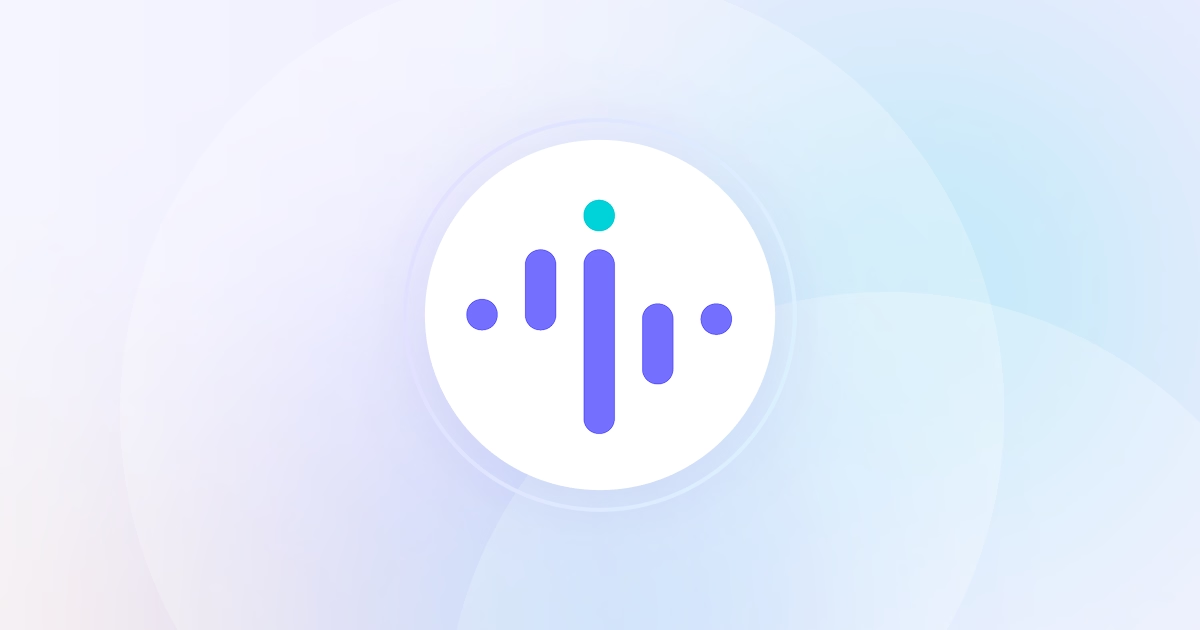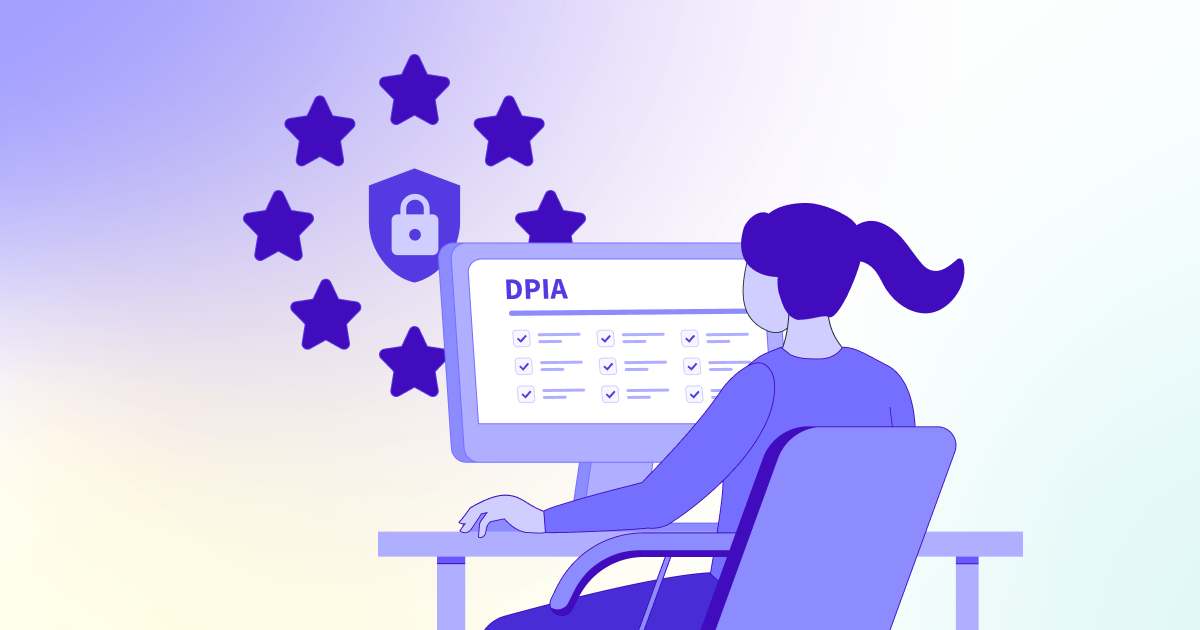Rolling Out Monitoring in the EU? What Your DPIA Must Include



In this article, we’re going to discuss:
- Why monitoring employees in the EU without a DPIA can halt your rollout—or trigger regulatory scrutiny.
- The six essential components every GDPR-compliant DPIA must cover before you track behavior or performance.
- How vague documentation, overcollection, or missing risk analysis can invalidate your assessment.
- Which software for monitoring employees supports compliant DPIAs through region-based settings, access controls, and built-in consent tracking.
When a German HR team tried to roll out remote employee monitoring across multiple EU offices, their legal team halted deployment within 24 hours. The issue wasn’t the remote work tracking software—it was the missing paperwork. Specifically, no Data Protection Impact Assessment (DPIA).
In the EU, that’s not optional. If monitoring could impact employee privacy, a DPIA is required by law.
But a DPIA isn’t just a checkbox or compliance form. It’s a structured, legal process that can either clear your path or stall your initiative. And if you’re planning to introduce time tracking, productivity analytics, or user activity monitoring in the EU, you’ll need one.
In this blog, we’ll walk through exactly what your DPIA must cover, why it matters, and how to align your monitoring rollout with both GDPR and employee expectations.
Why DPIAs Matter for Monitoring
For most HR or compliance leaders, employee monitoring feels like an operational decision. But under the GDPR, it’s a legal one. The moment you introduce tools that collect data on work habits like apps used, time spent, or screen activity, you cross into “high-risk processing.” That triggers the obligation to conduct a DPIA before the monitoring begins.
What makes this more than a formality is that regulators treat DPIAs as proof of accountability. Without one, even legally justifiable monitoring can be flagged for enforcement. Worse, if your DPIA is incomplete or vague, it can slow your rollout, spark employee pushback, or lead to mandatory changes under scrutiny.
What Every DPIA for Employee Monitoring Must Include
You can’t just fill in a few risk boxes and call it a DPIA. Regulators expect structure, precision, and proof that your monitoring rollout was legally and ethically thought through. For GDPR-covered companies, that means your DPIA needs to walk step-by-step through six core areas: from initial screening to final outcomes.
Each step below is non-negotiable if your monitoring could impact employee privacy, and skipping or skimming any of them can derail your compliance strategy.
Here’s what to document, how to frame it, and where most assessments go wrong:
1. Determine If a DPIA Is Required
Not every data project needs a DPIA, but employee laptop monitoring software almost always does in the EU. That’s because GDPR Article 35 mandates a DPIA when processing is “likely to result in a high risk” to individuals’ rights. And monitoring employees’ behavior, especially systematically or at scale, is one of the European Data Protection Board’s red-flag criteria.
If your tool captures screenshots, logs productivity, records app usage, or profiles performance patterns, it qualifies. Even “passive” tracking—like keyboard activity or idle time—can be enough if employees aren’t fully aware of it.
Before you start the DPIA, you need to screen for risk. Most regulators provide checklists to help. The UK ICO and Ireland’s DPC, for example, both publish simple yes/no grids. If you check even one high-risk box, the DPIA becomes mandatory, and skipping it could render your processing unlawful from the outset.
2. Map the Processing Activity
Before assessing risks, you need a full picture of what you’re actually doing. That starts with documenting the data lifecycle: what information you collect, from whom, how, for what purpose, and how long you keep it. This isn’t about justifying the tool—it’s about showing the regulator that you understand the processing.
For pc monitoring software, this might include things like: application usage data, time-on-task metrics, screen captures, location data, and system activity logs. You’ll need to note whether the data is linked to identifiable individuals, how frequently it’s collected, and who has access.
Most DPIAs fall short here. Many gloss over specifics, especially around retention, downstream usage, and third-party integrations. But vagueness is a red flag for regulators. If your documentation is too general, your DPIA won’t hold up under scrutiny.
3. Assess Necessity & Proportionality
Once you’ve mapped what data is being collected, the next question is: do you actually need it? Under GDPR, you can’t process personal data just because it’s useful. You must prove that the processing is necessary for a specific, lawful purpose, and that there’s no less intrusive way to achieve the same result.
For example, if your goal is to verify attendance, collecting full-screen recordings every 30 seconds would almost certainly be excessive. A basic timestamped login might achieve the same result with far less intrusion. This is where many monitoring policies overreach, especially when they apply uniform settings across all roles, regardless of risk.
Your DPIA should spell out exactly why each data point is needed and how it’s proportionate to the goal. If certain features—like screenshotting or detailed behavior logging—can’t be justified for all employees, disable them for low-risk roles. Regulators expect to see that you’ve considered alternatives and tailored your approach accordingly.
4. Identify & Evaluate Risks
This is the core of the DPIA: what could go wrong, and for whom? You’re not just looking for technical failures like data breaches—you’re assessing the impact on people. For monitoring, that includes risks to privacy, autonomy, psychological safety, and even workplace relationships.
Common risks include:
- Employees feeling surveilled or micromanaged
- Misuse of performance data by managers
- Sensitive data being accessed by unauthorized personnel
- Chilling effects on behavior due to excessive visibility
You also need to gauge severity and likelihood. A small privacy impact affecting hundreds of people can be just as serious as a major breach impacting one. And if the tool operates continuously or invisibly, the perceived risk is higher.
Document each risk clearly. Then, in the next step, you’ll show how those risks are mitigated. But without this stage, your DPIA will miss its legal backbone—and likely won’t withstand an audit.
5. Define Safeguards & Controls
Once you’ve identified risks, you need to show how you’ll reduce them. This is where your DPIA shifts from diagnosis to defense. Regulators expect to see concrete, operational safeguards—not vague statements like “data is protected.”
For monitoring, that might include:
- Disabling intrusive features like screenshots or keystroke logging
- Applying role-based access so only authorized managers see data
- Anonymizing metrics where possible (e.g., trends without names)
- Providing employees with visibility into what’s collected and why
- Limiting data retention to the shortest period necessary
The DPIA should explain how each safeguard maps to a specific risk. If you identified the risk of employee distrust, show that you’re using tools with built-in transparency dashboards. If you flagged overcollection, show how you’ve adjusted tracking by role or region.
Tools like Insightful help here by offering configurable monitoring settings by location, data minimization defaults, and consent tracking—all of which reduce exposure without sacrificing oversight.
6. Document the Outcomes
A DPIA isn’t complete until it’s recorded and accessible. Under GDPR, this documentation must be written, retained, and made available to regulators on request. That means no back-of-the-napkin assessments or verbal sign-offs. Your DPIA must clearly show what you’re doing, why it’s necessary, what risks you found, and how you plan to manage them.
Include a summary of:
- The processing activity and its purpose
- The lawful basis (e.g. legitimate interest)
- Identified risks and likelihood
- Mitigation measures and their expected effectiveness
- Whether you consulted your DPO, employees, or reps
- Your decision: proceed, revise, or consult the authority
If high risks remain that you can’t mitigate, you’re legally required to consult your Data Protection Authority before launching. That’s a rare but critical outcome, and the DPIA is your roadmap to get ahead of it.
FAQs
When is a DPIA legally required under GDPR?
A DPIA is required when processing could result in high risks to individual rights, such as employee monitoring, profiling, or surveillance. If your desktop monitoring tool collects behavior, usage, or performance data, you’ll likely need one before rollout.
What makes a DPIA different from a regular risk assessment?
A DPIA focuses specifically on data protection risks and legal compliance under GDPR. It assesses necessity, proportionality, and impact on individuals, not just technical security or operational impact.
How can Insightful help meet DPIA compliance needs?
Insightful’s remote work monitoring tools offer region-specific tracking settings, consent workflows, and data minimization controls, making it easier to limit risk and document safeguards directly in your DPIA.
Treat DPIAs as Strategy, Not Bureaucracy
Rolling out monitoring in the EU without a DPIA isn’t just risky—it’s reckless. This isn’t about jumping through hoops. It’s about building a deployment that holds up under legal scrutiny and employee expectations. A well-run DPIA makes your intent clear, your scope justifiable, and your rollout faster.
If you're expanding oversight in GDPR regions, get the assessment done early. Don’t wait for legal to pause your launch. Start with the risks, document the controls, and use tools that simplify compliance from day one.
Start a 7-day free trial or book a demo to see Insightful in action.

.jpg)
.jpg)
